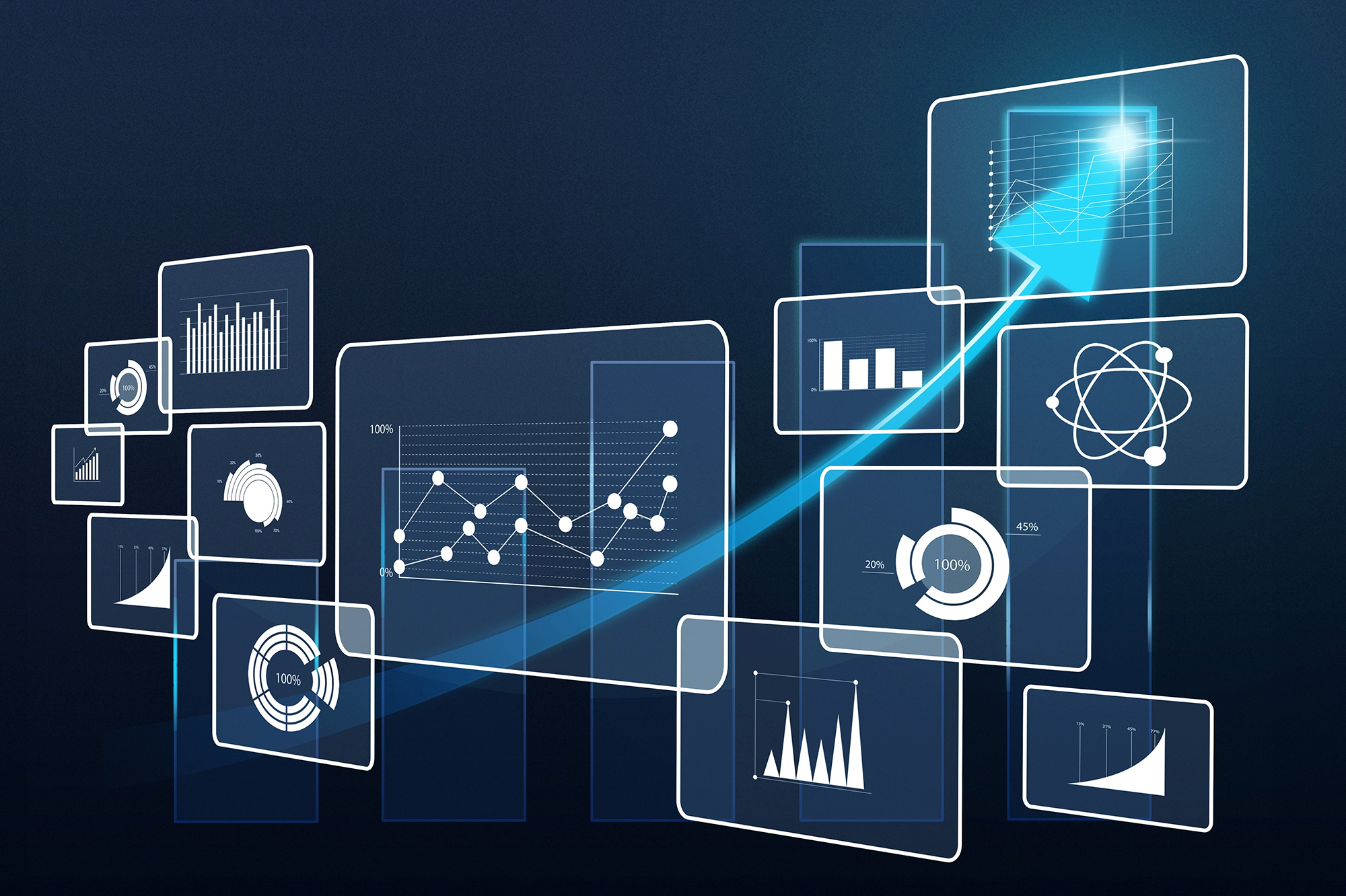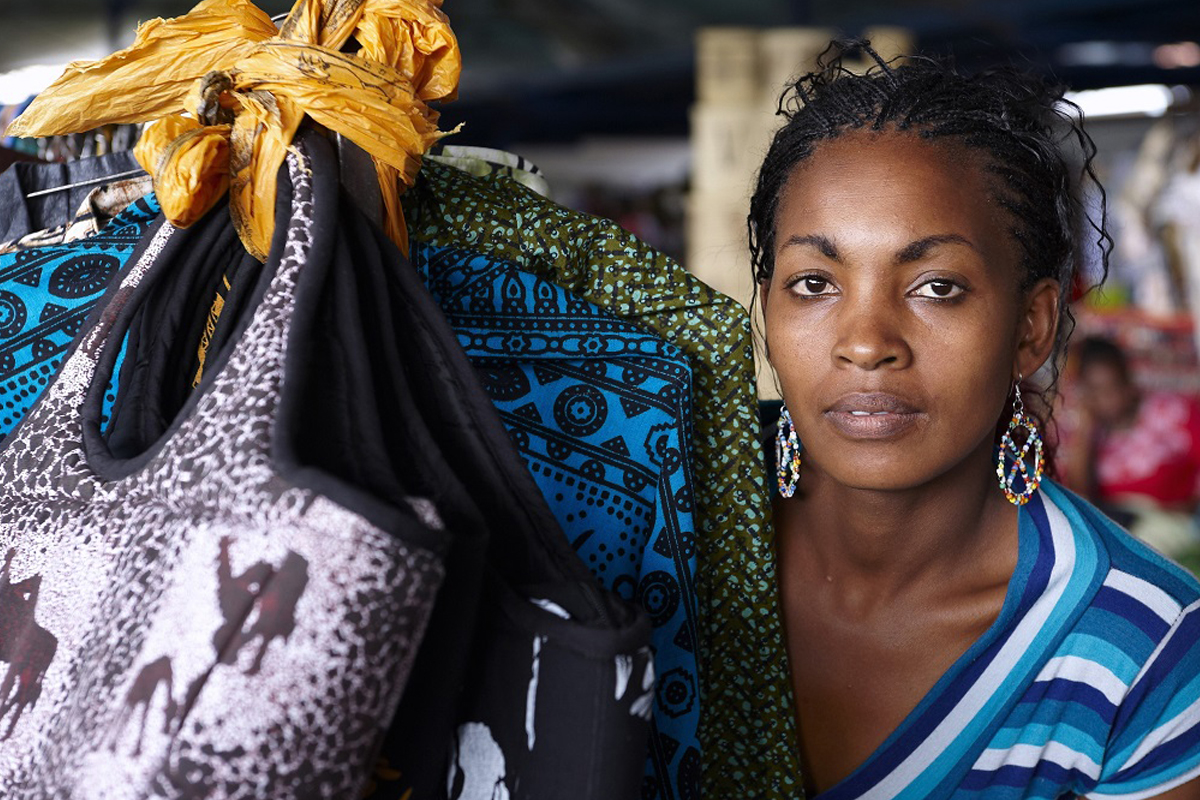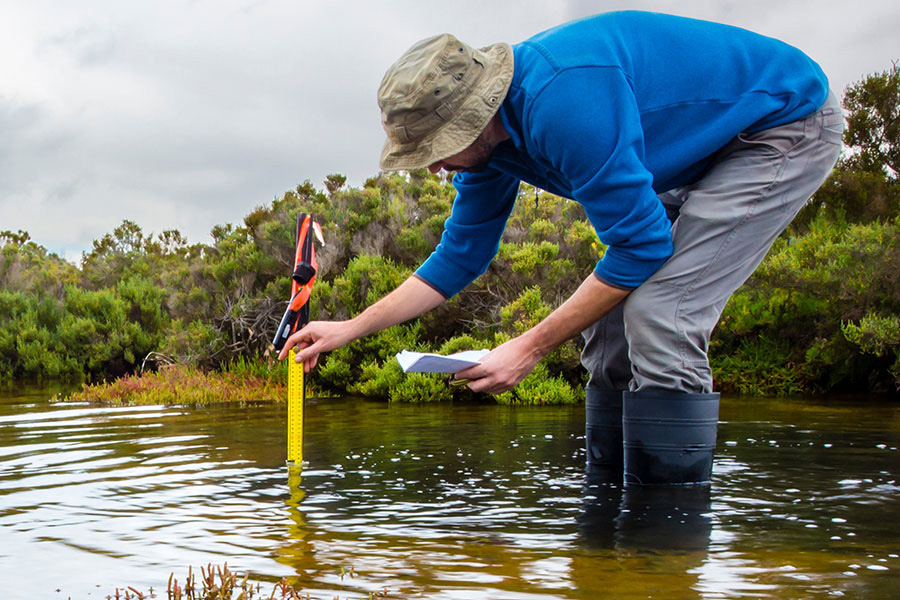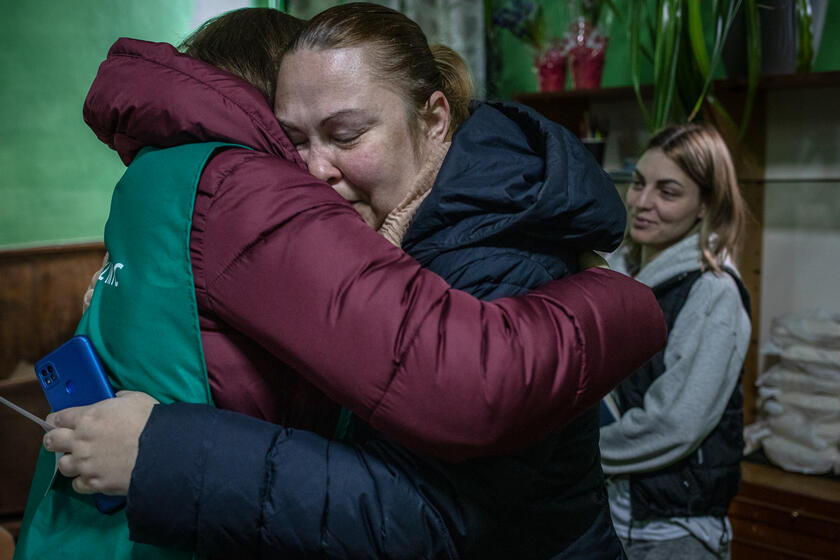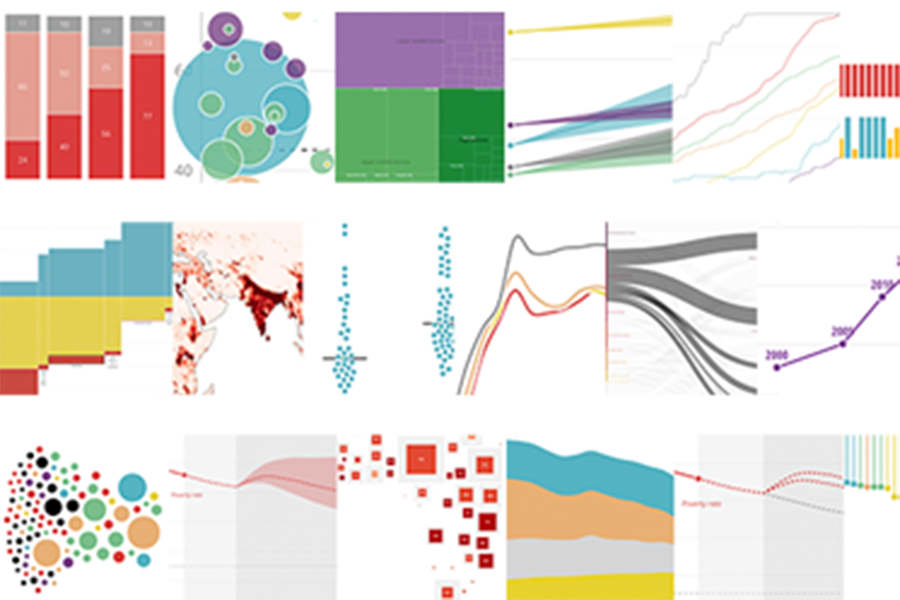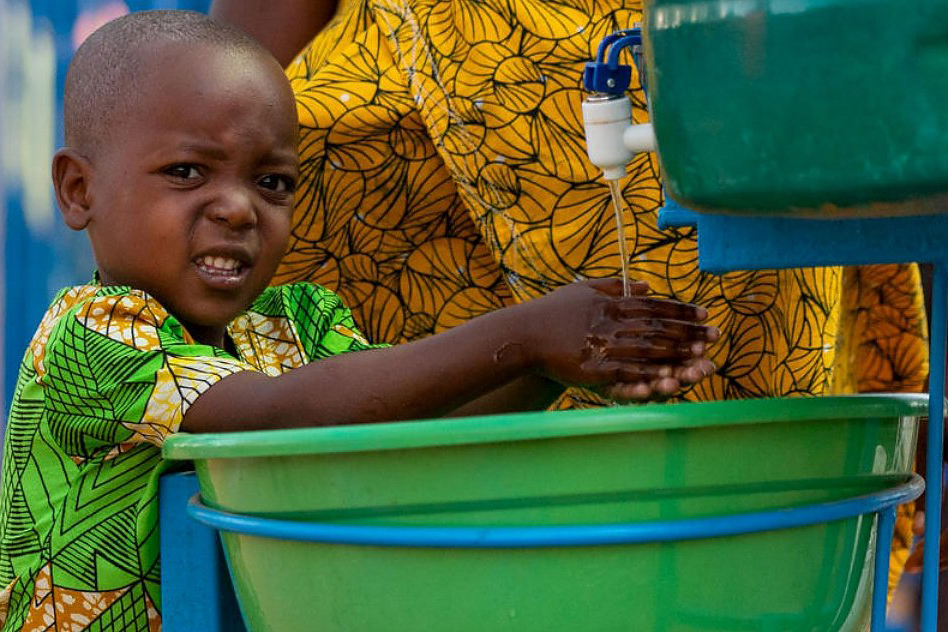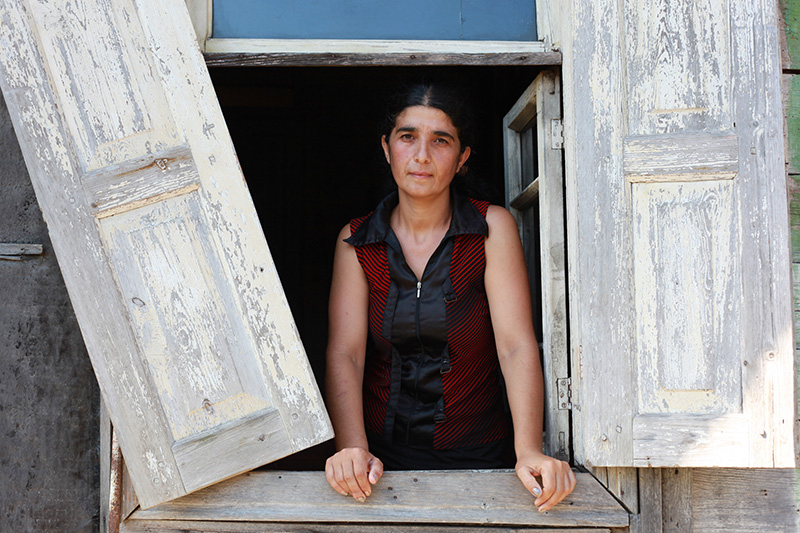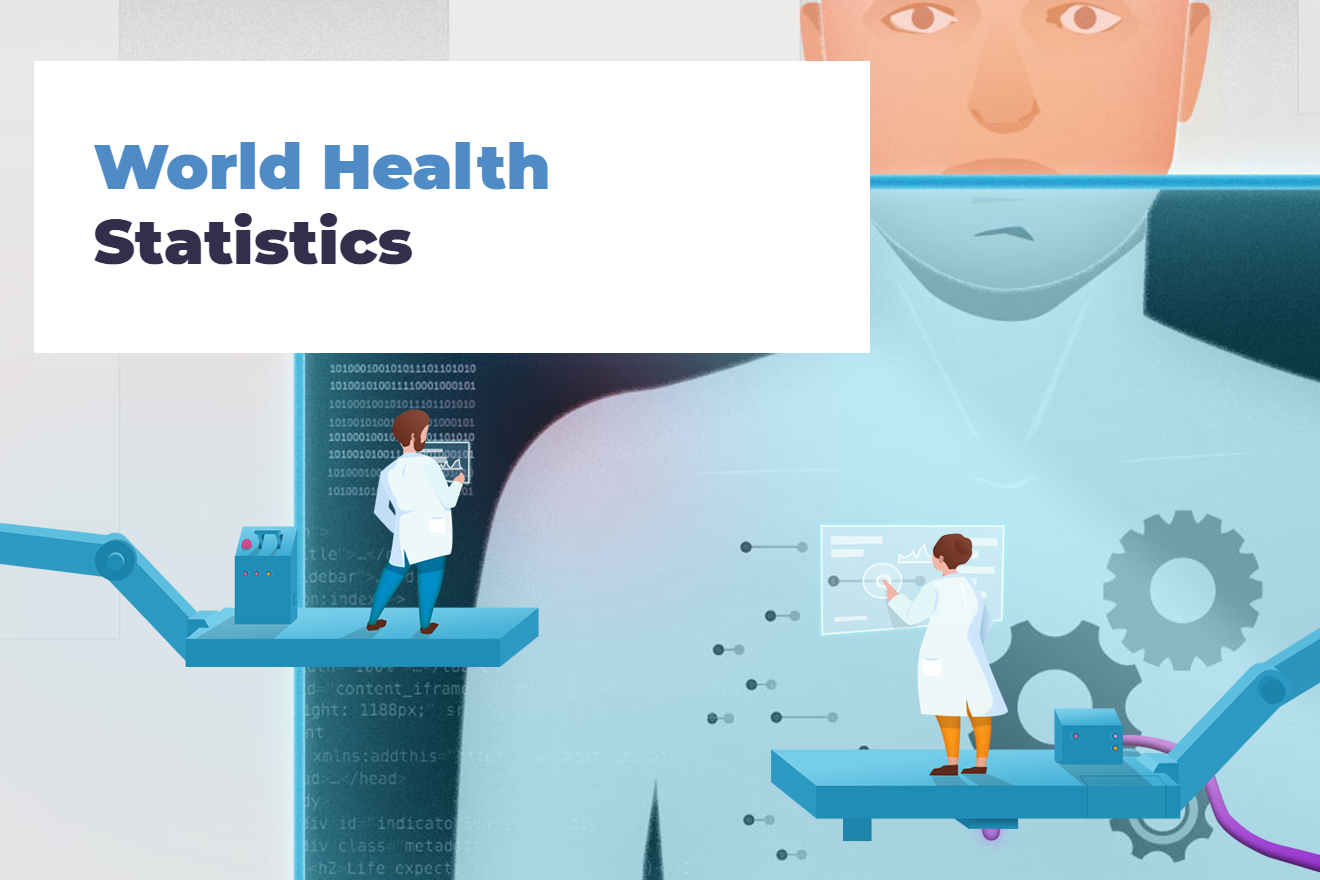Data allows us to make informed decisions. Statistics enables us to gain a better understanding of the world around us by collecting, analyzing, and interpreting data. The United Nations Statistical Commission is the highest decision-making body for international statistical activities, responsible for setting statistical standards and the development of concepts and methods, including their implementation. The 55th session of the UN Statistical Commission is being held in New York from 27 February - 1 March 2024 under the theme "Better data, better lives".
Data and Statistics
Data literacy is the ability to work with and interpret data. The World Bank’s Data Use and Literacy Program, delivers a range of activities to build capacity for data literacy and data use, enable data-driven decision-making, and democratize participation in the data revolution across low- and middle-income countries.
UNCTAD publishes new guidelines to collect data to help policymakers tackle gender inequalities in trade.
Information gaps impede the understanding of the impact of policies—from measures to incentivize cuts in emissions, to regulations that reduce risks and boost resilience to climate shocks. Without comprehensive and comparable data to monitor progress, it’s impossible to know what works, and where course corrections are needed. This underscores the importance of the new IMF Data Gaps Initiative to make statistics more detailed, and timely. Energy is the sector needing change the most. It is the largest contributor to greenhouse gas emissions, around three-quarters of the total.
Data is crucial to allocate humanitarian aid. By the first week of March, UNFPA had provided a so-called “common operational dataset” to humanitarian partners.
Women and girls are often missing in data, and gender data production and use are often an afterthought. Gender data gaps are pervasive, hampering our ability to monitor progress. To fill these gaps, data must be disaggregated to better understand the lived reality of women and girls and capture intersecting inequalities. We need more and better data to make all women and girls counted, visible and valued. We cannot make progress on what we cannot, and do not measure. Data is an engine for change on gender equality. Find out more about UN Women's data work.
This year’s World Bank publication guides readers through the 17 Sustainable Development Goals (SDGs) using interactive storytelling and innovative data visualizations.
Like water, data can shape the world. World Bank Water data aggregates thousands of datasets across organizations and countries to help decision makers develop policies based on solid evidence as well as help researchers better understand needs to formulate solutions.
As the pandemic surges, data visualization shows how displaced people have to contend with extreme overcrowding and limited access to basics such as soap and water.
UN Women’s gender data programme Making Every Woman and Girl Count (Women Count) seeks to affect a radical shift on how we do gender statistics.
Data on disease, death, numbers of healthcare workers, and analysing the amount spent on healthcare allows us to understand why people become sick and what kills them. Here is the annual WHO Statistics.

